What's The Meaning of Stonehenge?

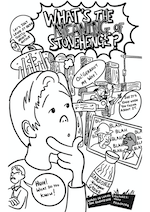 | 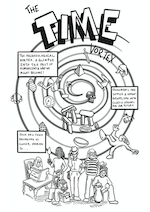 |  | 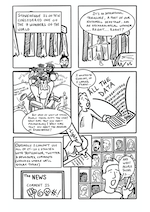 |
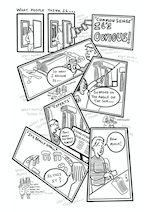 | 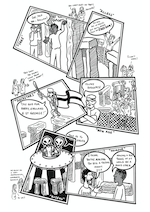 | 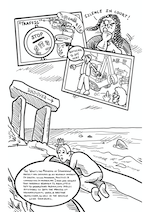 | 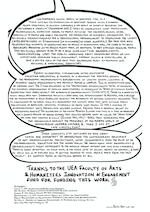 |
Contemporary social media, of whatever type, is a "field site for the examination of heritage-focused social & economic power structures, of political expediency, & the source of symbolic resources for nationhood & identity" (Richardson 2019). I want to understand what professional archaeological expertise means to people outside the archaeological sector, especially to people who rarely encounter the formalities of academic archaeology. It's relatively straightforward for a professional archaeologist to understand the latest interpretations of Stonehenge (or elsewhere) by other academics. But there have been relatively few attempts to understand what the process of archaeological work, the finds & the many narratives presented in the media might mean, if anything, to most everyday regular people. This has always seemed to me to be a huge oversight for archaeologists. Understanding what the wider public might understand about archaeology means we can support more responsive public engagement, improve access & storytelling, & have a better view of the role that archaeology plays in informing our national & individual identities
Pseudo-scientific explanations for archaeological phenomena often legitimize existing worldviews & pander to a penchant for mystery, whereas the professional archaeologist’s explanations of lengthy social, cultural & resource-based engagements are messily human & complex. This is interesting when we consider what Jeb J. Card describes as the "professional archaeologists' tactic of ignoring the esoteric underpinnings of popular understandings of archaeology" as "based on a fatally flawed assumption: that people respect the authority of archaeologists" (Card 2019.9). There is a sense in the social media data that Stonehenge reflects a deep need for entertainment & mystery, for a desire for re-enchantment & mild rebellion against the authority of western scientific discourse. This is constrained by an equal force of a requirement for common sense that sits outside public perceptions of bumbling, wasteful academics in their ivory towers. Is this a symptom of disenchantment with prevailing western science, rather than a general belief in mysterious forces? The historian of religion Mircea Eliade saw this as a type of nostalgia for a sacred period of human history that existed before what he called the "Dead Time- the the time that crushes & kills" (Eliade 1963, 192) - Does this yearning for the unknowable reflect the pressures of the modern world of mainstream western culture &, dare I say it, Late Capitalism?
The concepts I’ve outlined in this short comic are important if we want to understand the contemporary relevance of Stonehenge, or any archaeological protections, sites and discoveries, or even the value of an archaeological education to the wider public. We should know what archaeology & archaeologists might represent to the average person outside of our own echo chambers. There is great potential in these types of data, & the field site of social media in general, & there is space for us to explore how to better respond to what people might need from the past itself - if indeed there is anything needed at all.
References
Card, J.J., 2019. Archaeology and New Religious Movements. Nova Religio: The Journal of Alternative and Emergent Religions, 22(4), pp.5-12.
Eliade, M. 1963. Myth or Reality. New York: Harper Books.
Richardson, L-J., 2019. Using Social Media as a Source for Understanding Public Perceptions of Archaeology: Research Challenges and Methodologicil Pitfalls. Journal of Computer Applications in Archaeology, 2(1), pp.151-162. DOI: http://doi.org/10.5334/jcaa.39
